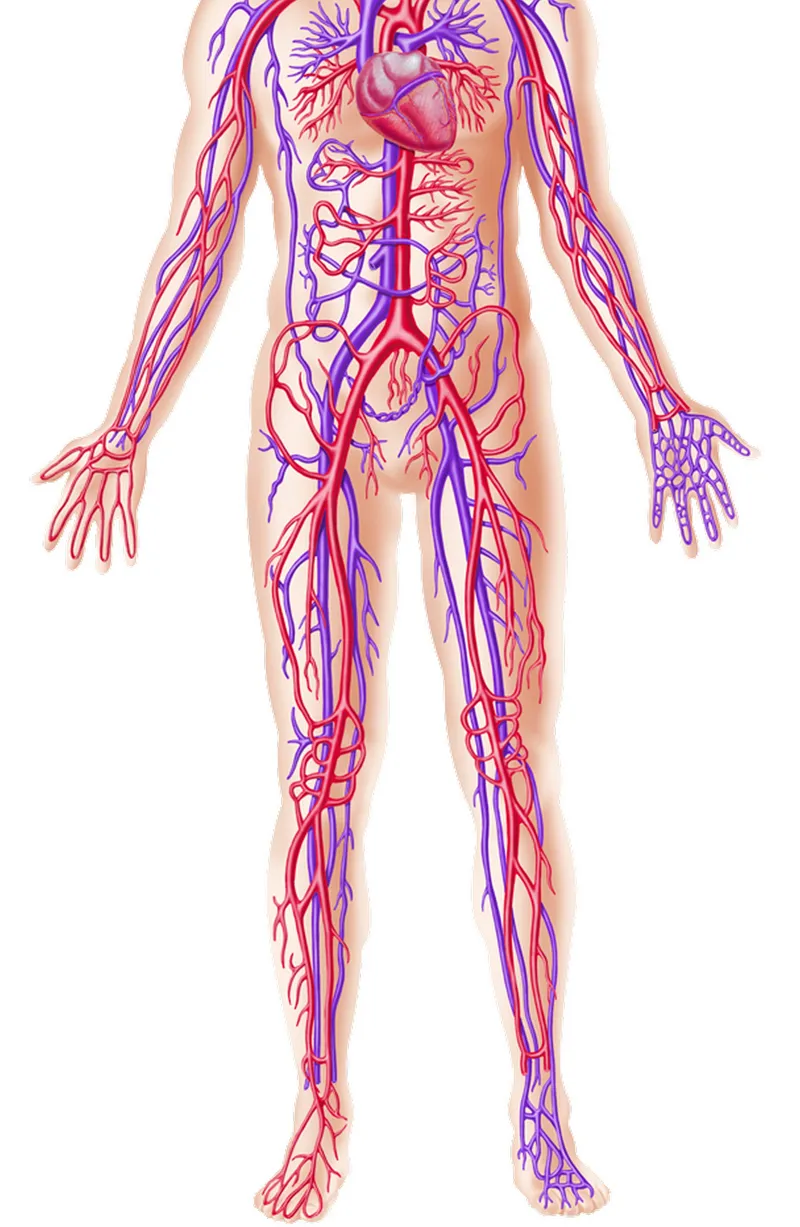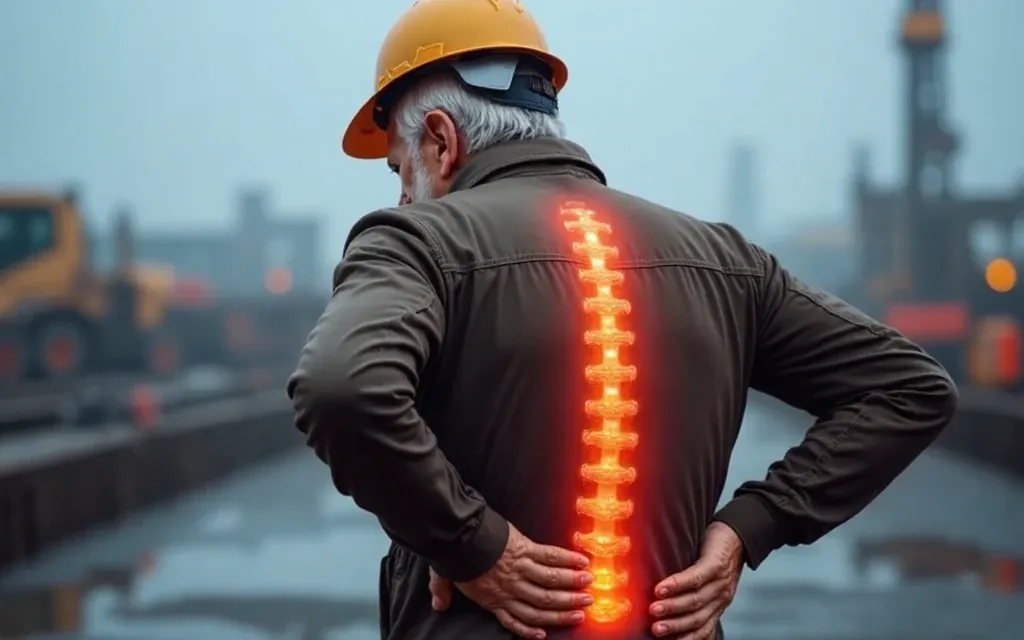Standing is a common part of many American jobs, from retail clerks and factory workers to healthcare professionals. According to the U.S. Bureau of Labor Statistics, American workers may spend up to 57% of their workday standing, depending on the industry. While headlines often warn about the dangers of sitting too much, the risks of prolonged standing are less discussed—but just as serious. If you’ve ever finished a shift with aching feet, swollen legs, or a sore back, you’re not alone. Understanding these risks is the first step to protecting your health and staying productive at work.
Cardiovascular Risks of Extended Standing

One of the most serious health concerns linked to prolonged standing is its effect on the cardiovascular system. When you stand for long periods without moving, blood pools in your legs, making it harder for your heart to pump blood back up to the rest of your body. This increases pressure on your veins and can lead to swelling, varicose veins, and even chronic venous insufficiency.
A comprehensive study published in the American Journal of Epidemiology found that workers who primarily stand during their shifts have nearly twice the risk of developing heart disease compared to those who mostly sit. Another study by Krause et al. (2000) showed that men who stand “very much” at work had significantly greater carotid intima-media thickness—a marker for atherosclerosis—over four years.
The risks don’t end there. Research from Denmark and South Korea shows that standing for more than four hours a day increases the risk of varicose veins by 1.85 times for men and up to 7.93 times for women. Nocturnal leg cramps are also nearly three times more likely in men who stand for long hours.
| Condition | Risk Increase | Population Studied |
|---|---|---|
| Varicose Veins | 1.85× for men, 2.63× for women | Danish workers in standing positions |
| Varicose Veins | 2.99× for women, 7.93× for men | South Korean workers standing >4 hours daily |
| Nocturnal Leg Cramps | 2.93× | Men standing >4 hours daily |
If you notice symptoms like leg swelling, visible veins, or persistent leg pain after standing, it’s important to consult a healthcare professional.
Musculoskeletal Impact and Chronic Pain
Beyond heart health, prolonged standing puts significant stress on your muscles, joints, and bones. When you stand for hours, the muscles in your legs and lower back are forced to contract continuously, leading to fatigue, soreness, and even long-term pain. According to OSHA, musculoskeletal disorders from prolonged standing account for 33% of all worker injuries and illnesses.
Common problems include lower back pain, plantar fasciitis, joint stiffness, and flattening of the foot arch. Foot pain is especially common, as standing increases pressure on the heel and arch. Over time, this can cause inflammation of the plantar fascia (the tissue connecting your heel to your toes) and lead to chronic discomfort.
Research also shows that age plays a role: older workers tend to experience more severe symptoms, but even younger adults show significant fatigue after a long standing shift. A study in Human Factors found that muscle fatigue can persist for more than 30 minutes after standing work ends, even if workers don’t notice it.
If you experience persistent foot, leg, or back pain, don’t ignore it. Early intervention—like stretching, rest, or using supportive insoles—can prevent minor discomfort from becoming a chronic problem.

Productivity Loss and Workplace Impact
The discomfort and fatigue from prolonged standing don’t just affect your health—they also impact workplace productivity. Studies published in Human Factors show that after just two hours of continuous standing, workers experience a 4 to 6-fold increase in discomfort. This not only distracts from work tasks but also increases the risk of errors and injuries.
As fatigue sets in, workers may adopt awkward postures to compensate, which can further strain muscles and joints. Over time, this cycle of discomfort and compensation reduces overall work quality and can lead to more sick days. María Gabriela García, a researcher at ETH Zürich, notes that these musculoskeletal issues are a burden not just for workers, but for companies and society as a whole.
For employers, understanding the relationship between standing, discomfort, and productivity is essential. Simple workplace changes can help maintain both employee health and company performance.
Evidence-Based Prevention Strategies
Preventing the health risks of prolonged standing requires a combination of workplace changes, personal habits, and supportive equipment. Research from the National Library of Medicine and the Canadian Center for Occupational Health and Safety (CCOHS) supports several effective strategies:
Alternate Between Sitting and Standing
A well-designed workplace allows workers to switch between sitting and standing. Even in jobs that require standing, providing seats for occasional breaks can reduce fatigue and lower health risks. Aim to change positions every 30 minutes if possible.
Ergonomic Support Solutions
Proper support for your feet and legs is essential.
- Anti-fatigue mats: These mats distribute weight more evenly and reduce pressure on the lower body.
- Supportive footwear with quality insoles: Shoes with good arch support and cushioned insoles help absorb shock, reduce fatigue, and prevent foot pain. If you stand for long hours or experience foot discomfort, investing in supportive insoles can make a significant difference.
- Compression stockings: These promote better circulation and can help prevent swelling and varicose veins.
Workplace Design Modifications
- Ensure enough space for workers to move, stretch, or walk a few steps.
- Install adjustable workstations that allow for changing positions.
- Consider stand aids or stools that let workers lean and relieve pressure without leaving their station.
Personal Habits
- Take short walking breaks when possible.
- Stretch your legs, calves, and lower back regularly.
- Listen to your body—address discomfort early before it becomes chronic.
If you have persistent pain, swelling, or other symptoms, consult a healthcare professional. These strategies are effective for most people, but some conditions may require medical attention.
The Bottom Line: Finding Balance for Long-Term Health
The evidence is clear: prolonged standing poses significant health risks, from heart disease and varicose veins to chronic pain and lost productivity. The key is finding balance—neither all-day sitting nor all-day standing is ideal. Alternating positions, using supportive footwear and insoles, and taking regular breaks can protect your health and keep you comfortable at work.
For employers, investing in ergonomic solutions and flexible workstations can lead to healthier, more productive employees and lower healthcare costs. For workers, listening to your body and addressing discomfort early is essential for long-term wellness.
If you experience persistent pain, swelling, or cardiovascular symptoms, consult a healthcare professional. Early action and the right workplace strategies can help you stay healthy, active, and productive for years to come.
References:
- National Library of Medicine – Evidence of Health Risks Associated with Prolonged Standing at Work and Intervention Effectiveness
- Human Factors and Ergonomics Society – Prolonged Standing Research
- Canadian Center for Occupational Health and Safety – Working in a Standing Position


